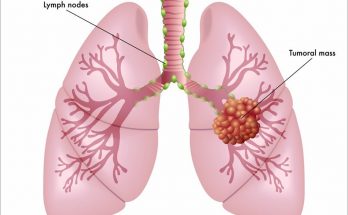The quality of the air we breathe, both indoors and out, has a great impact on lung health. Lung tissue is easily damaged by pollutants in the air, resulting in increased risk of asthma and allergies, emphysema, chronic bronchitis, lung cancer and other lung diseases.
1) Declare your home a smoke-free zone. Secondhand smoke can cause serious health problems, especially for children. Ask smokers to take it outside.
2) Good ventilation reduces indoor air pollution. Leave doors between rooms open most of the time for better air circulation. Open windows when possible to allow for a good supply of outdoor air. Install exhaust fans in bathrooms to remove moisture and chemicals from the house.
3) Keep humidity levels low with a dehumidifier or air conditioner, as needed. Clean both regularly so they don’t become a source of pollutants themselves. Fix all leaks and drips in the home, as standing water and high humidity encourages the growth of mold and other biological pollutants.
4) To prevent carbon monoxide poisoning, have all fuel-burning appliances inspected by a qualified technician once a year. Install a carbon monoxide detector near your sleeping rooms.
5) To keep dust mites and other allergens to a minimum, clean regularly. Wash bedding materials in hot water (at least 130°). Consider replacing carpet with area rugs that can be taken up and washed often.
6) Fit your gas range with a hood fan that exhausts the air outside. Use the fan or open a window when cooking to remove gas fumes.
7) Check commercial cleaning products and pesticides for toxic ingredients, and use according to manufacturers directions. Keep your home well ventilated when using these products. Consider switching to less toxic alternatives.
8) Test your home for radon. Use a radon test kit labeled “Meets EPA requirements”.
9) Never leave a car or lawn mower running in an attached garage or shed. Avoid the use of unvented heaters or charcoal grills indoors.
